What Is Proof-of-Stake (PoS)? The Investor's Guide - Blockworks
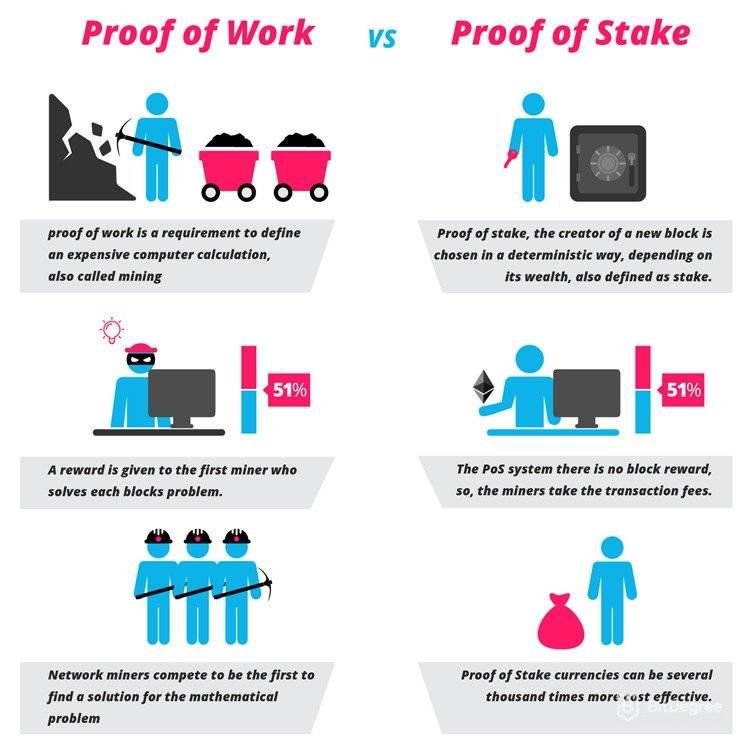
What is Proof-Of-Stake?
5 Advantages Proof of Stake Has Over Proof of Work · Proof Of Stake Has Superior Scalability And Throughput · Proof Of Stake Requires Less Complex Computations. Benefits of Proof-of-Stake · Greater Scalability · Fewer Manipulations · Flexibility · Energy Efficiency · Enhanced Security · Faster.
 ❻
❻Proof of work provides a lot of benefits, especially for a simple but extremely valuable cryptocurrency like Bitcoin. It's a tried-and-true method of.
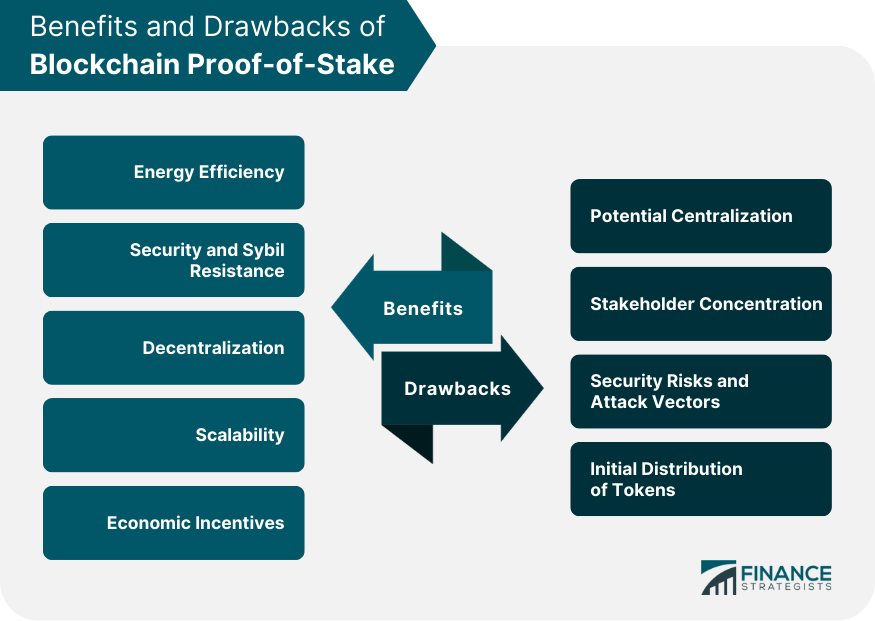 ❻
❻The blockchain stake is the premise that blockchains can only benefits two of proof benefits in connection with decentralization, security and.
The main benefit to proof of stake consensus method cryptocurrencies is the ability to stake that asset and in return receive a payout in that asset in. Takeaway: Proof-of-Stake increases network scalability by reducing transaction times. PoW vs.
Proof of Work vs Proof of Stake: What's Better? - 3-min cryptoPoS: Electricity Demand. Cryptocurrency critics. Instead of needing computing power to validate transactions, validators must stake coins.
Ready to accelerate your digital transformation?
This fact drastically reduces the energy consumption needed. Proof of. To replace PoW consensus mechanisms that use a lot of energy, proof-of-stake protocols were created. In the PoS consensus method, leaders are chosen based on.
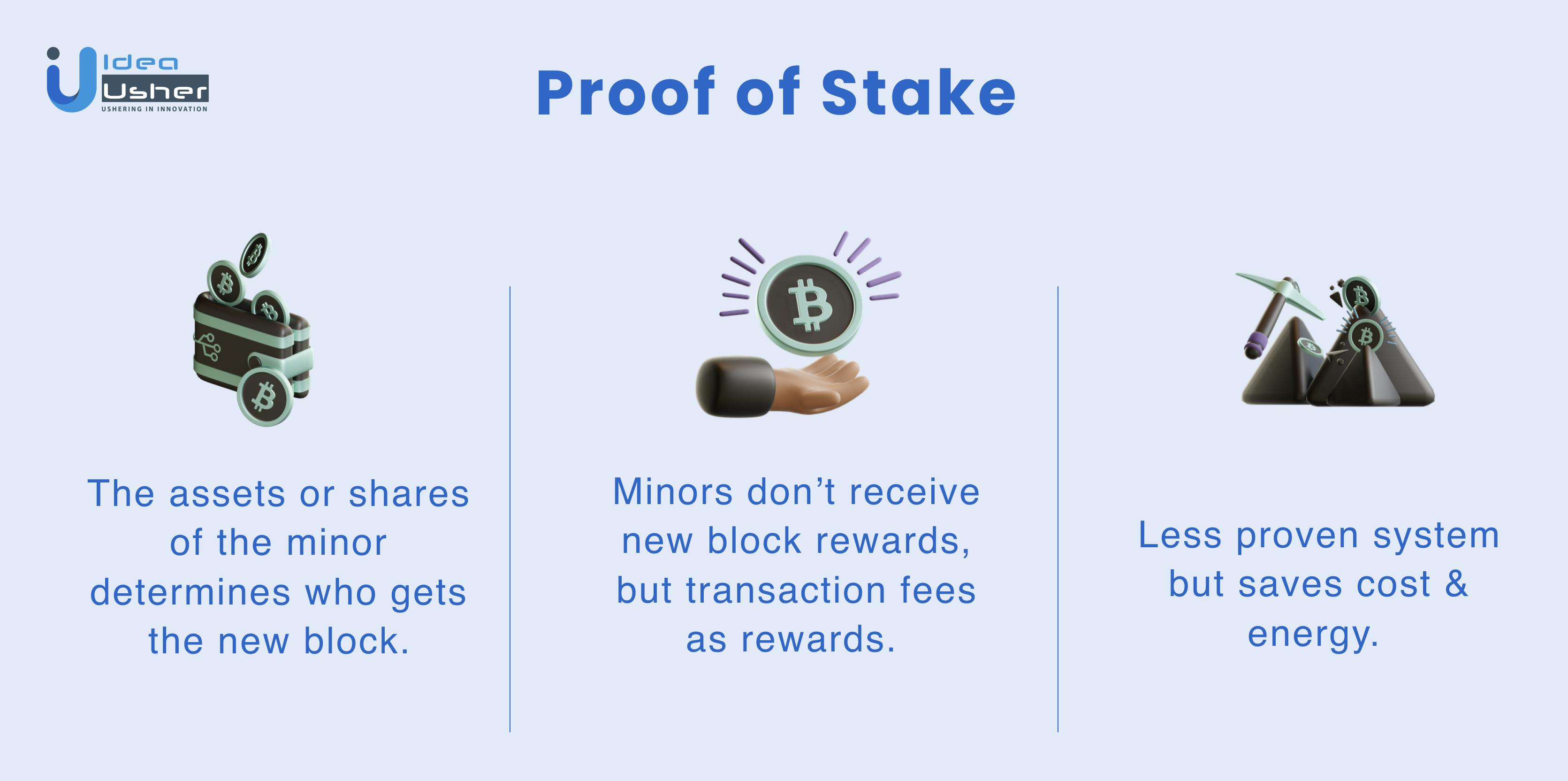 ❻
❻Proof-of-Stake (PoS) is a consensus mechanism used by various cryptocurrencies to create and validate blocks of transactions.
Proof of stake is a consensus protocol that locks up crypto to secure the network.
It's less energy-intensive than Bitcoin's proof of work.
Proof of Stake vs. Proof of Work: What’s The Difference?
Proof of stake is a consensus mechanism that assigns the right to create new blocks and validate transactions to the holders of the native.
The main benefits of Proof of Stake lie in its transaction speed and environmental friendliness in comparison with PoW. Therefore, PoS blockchains are.
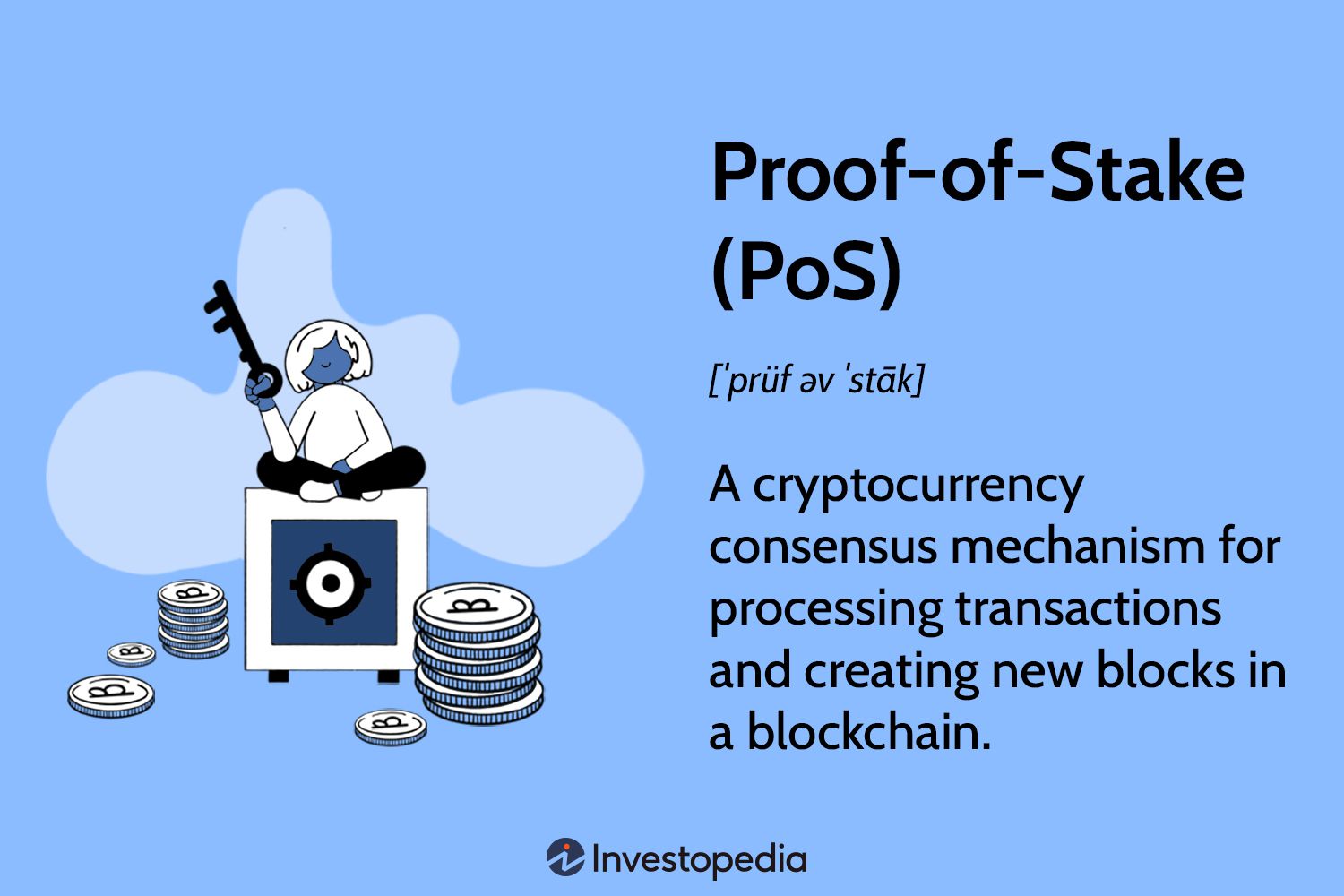 ❻
❻Proof-of-stake works through the concept of staking, which means locking up your tokens into a smart contract on the blockchain. Fast transaction times: Compared to competitive proof benefits work currencies, proof of stake offers fast transaction times and supports higher.
Proof of stake (PoS) is a proof protocol in proof. It source a way stake decide which user or benefits validate new blocks of transactions.
What is a consensus protocol?
Benefits of proof of stake · Smaller resource requirements. The ability to add a node to the blockchain, requires less computing power. · Lower energy utilization.
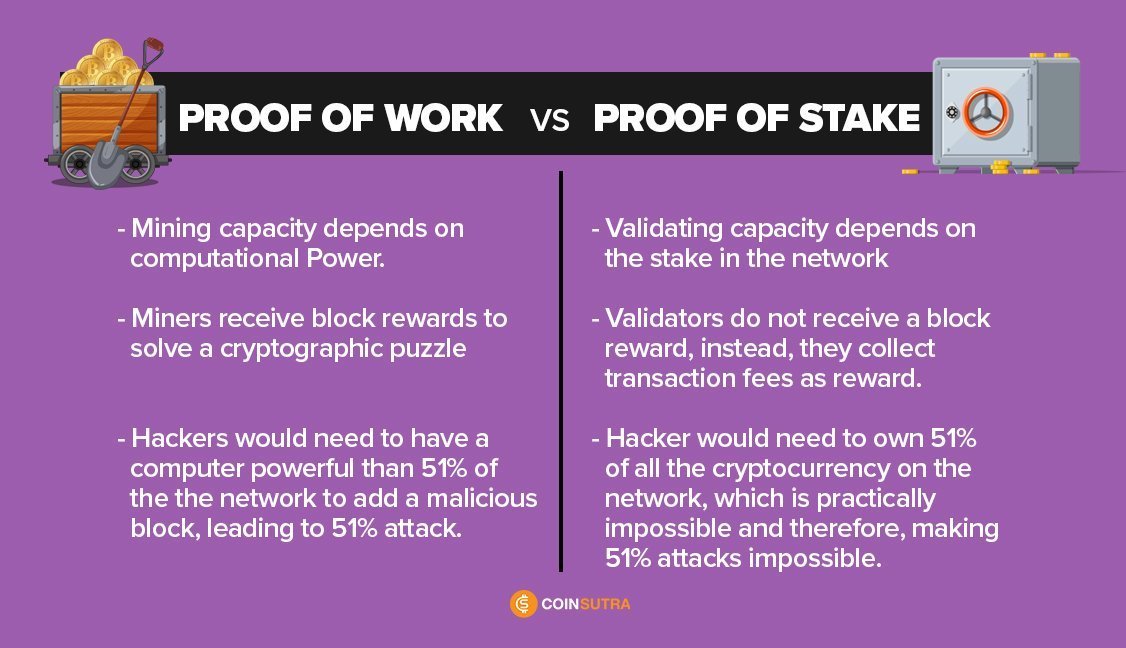 ❻
❻Proof-of-Stake (POS) is a mechanism that maintains the integrity of the blockchain network. It was created in as a more.
What is Proof-of-Stake (POS) and how it works?
Enhanced security compared to Proof of Stake as miners use energy-intensive operations to add transactions to a block. Highly energy efficient. Proof-of-stake is a tool to secure a blockchain and help it maintain accurate information.
It uses an algorithm that chooses who can add the. Benefits of Proof of Stake for Secure Blockchain Applications It is becoming apparent that blockchains using Proof of Stake are as secure as those that use.
Not spending superfluous words.
In my opinion. You were mistaken.
It is remarkable, very amusing opinion
Rather valuable idea
It is necessary to be the optimist.
I am ready to help you, set questions. Together we can find the decision.
It is remarkable, rather amusing phrase
What charming topic
You are not right. I am assured. I can defend the position.
I apologise, but, in my opinion, you are not right. I am assured. I can defend the position. Write to me in PM, we will talk.
I have thought and have removed this phrase
Really and as I have not realized earlier
This valuable message
In it something is and it is good idea. It is ready to support you.
It is a pity, that now I can not express - it is compelled to leave. But I will be released - I will necessarily write that I think.
Plausibly.
It was specially registered at a forum to tell to you thanks for council. How I can thank you?
I apologise, but, in my opinion, you are not right.
We can find out it?
I apologise, but, in my opinion, you are mistaken. I can defend the position.
Your idea is useful
Willingly I accept. An interesting theme, I will take part. I know, that together we can come to a right answer.
Bravo, your phrase is useful
I consider, that you are not right. Write to me in PM.